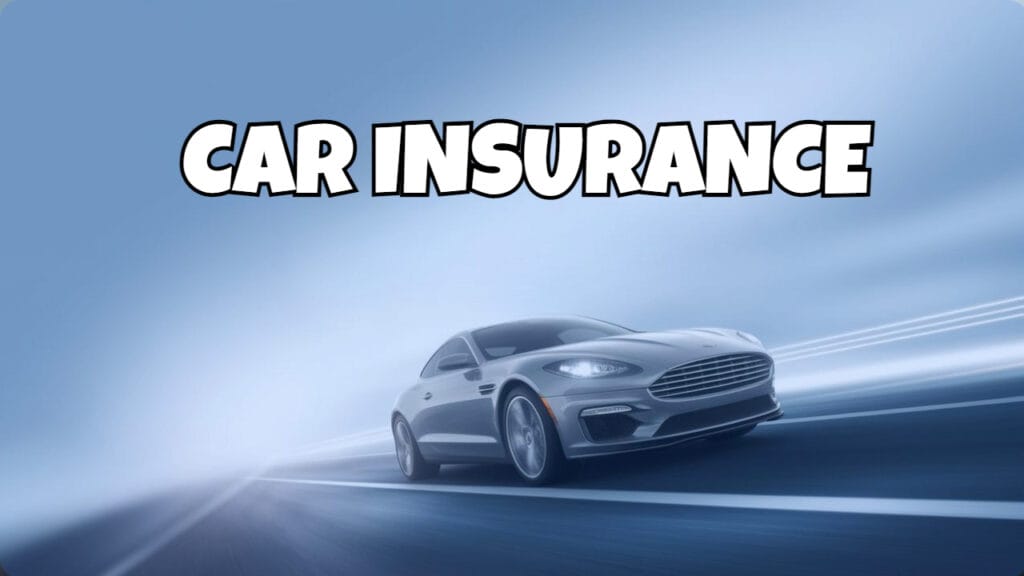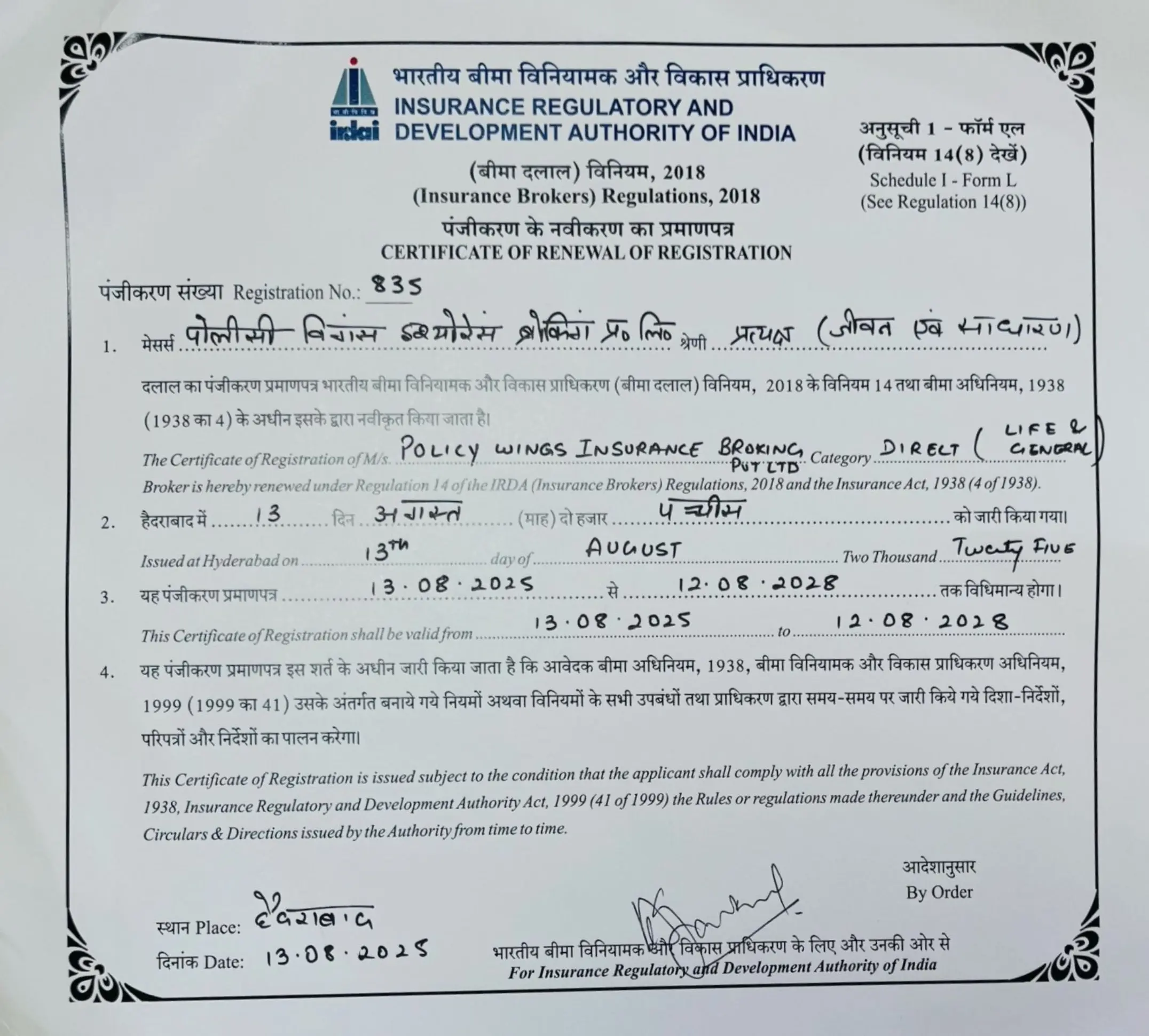A Beginner’s Guide to Getting Low-Cost Car Insurance in India
Introduction Purchasing your first car is something you will always recall, the test drive, the fresh car smell, and the thrill of finally being in possession of the keys. However, before you drive off into the sunset, there is one key step you can’t miss: car insurance. In India, it’s not a mere formality, the law mandates every owner of a car to have third-party insurance at least under the Motor Vehicles Act, 1988. For a first-time buyer, however, making sense of how to procure a good policy at the lowest possible premium can be puzzling. The reality is, you don’t have to pay through your nose for a policy. If you know where to look (and what to steer clear of), you can afford to save a nice amount of money. Here are ten doable tips to assist you in getting affordable car insurance in India without sacrificing the cover you really require. 1. Know the Basics First Car insurance in India generally exists in two varieties: ▪ Third-Party Liability Insurance: This is the absolute minimum that the law demands. It insures against damage or injury inflicted on another person or his/her property. ▪ Comprehensive Insurance:This insures against third-party liabilities as well as your vehicle’s damage due to accidents, theft, natural disasters, and the like. If cost is your priority, third-party insurance will be cheaper. But for a new vehicle, a basic comprehensive plan is usually best, it costs a bit more up front but can keep you from paying huge repair bills. 2. Don’t Buy the First Policy You’re Offered It’s easy to accept whatever coverage the car dealer recommends, particularly when you’re anxious to get your new car home. Dealers, however, usually deal with only certain insurers, and the prices they recommend may not be the lowest. Rather, use reliable insurance comparison sites such as Policywings, Policybazaar, Coverfox, or BankBazaar to compare prices of several companies. Investing 15 minutes here could save you 15–30% immediately. 3. Be Wiser Concerning the Insured Declared Value (IDV) The IDV is essentially the market value of your vehicle today it’s the largest sum the insurer will pay out if your vehicle is stolen or totally destroyed. ▪ Increased IDV = increased premium. ▪ Decreased IDV = decreased premium but lesser payment in cases of total loss. For those buying a car for the first time, it’s prudent to fix the IDV one level below the upper limit but not so low that you end up being underinsured. This small adjustment alone will make your policy less expensive. 4. Opt for Minimum Add-Ons Add-ons such as zero depreciation, engine cover, and roadside assistance are tempting, insurers market them as “must-haves.” But each add-on increases your premium. If you’re low on funds, limit yourself to necessary add-ons (if any) and postpone the rest until later, when your finances improve. 5. Have a Higher Voluntary Deductible The deductible is the amount of money you voluntarily pay upfront before your insurer will pay the remaining in a claim. By raising your voluntary deductible, your annual premium decreases. The catch is to select a sum that you can easily afford if something goes wrong, no use saving ₹1,000 on premium if you’ll have to default on ₹10,000 down the line. 6. Build Your No Claim Bonus (NCB) Insurance providers adore safe drivers. If you get to the end of your first year without having made a claim, you receive a No Claim Bonus on renewal, this can reduce your premium by as much as 50% over the years. Therefore, for minor repairs, it may be less expensive in the long term to pay yourself and preserve your NCB. 7. Buy Directly Online Purchasing car insurance online, whether from the insurance company’s site or through an aggregator, generally involves paying lower premiums. Why? Because you avoid agent commissions. You also have the option to compare plans side by side, check reviews, and make a informed decision, all on your phone or laptop. 8. Never Let Your Policy Lapse If your policy lapses and you delay renewing it, you may lose your NCB and even have to pay a higher premium the next time. Certain insurers may even request a vehicle check prior to reinstating coverage. A quick calendar reminder on your phone can spare you that trouble. 9. Consider a Long-Term Policy Some companies provide three-year policies for new vehicles at a lower price. Sure, the initial cost is greater, but the yearly expenditure is frequently less and you secure your rate and bypass yearly cost increases. 10. Watch Out for Additional Discounts ▪ Lots of folks overlook these: ▪ Having an anti-theft device certified by ARAI can help you receive a premium discount. ▪ Membership of car clubs such as the Automobile Association of India (AAI) typically has benefits. ▪ Festive season purchases may release special deals from insurers. In conclusion, as a new buyer, securing the cheapest car insurance in India isn’t about selecting the smallest figure you find, it’s about making it affordable while still ensuring good protection. Research, compare several options, and tweak your coverage slightly but intelligently. With time, as you establish your driving history and qualify for discounts such as the NCB, you will find your premiums even lower. That way, you can savour the excitement of being a first-time car owner without even wondering if you overpaid for insurance.
A Beginner’s Guide to Getting Low-Cost Car Insurance in India Read More »



